News
Interview: Writer/Director Justin McConnell on ‘Lifechanger’ and Transformations
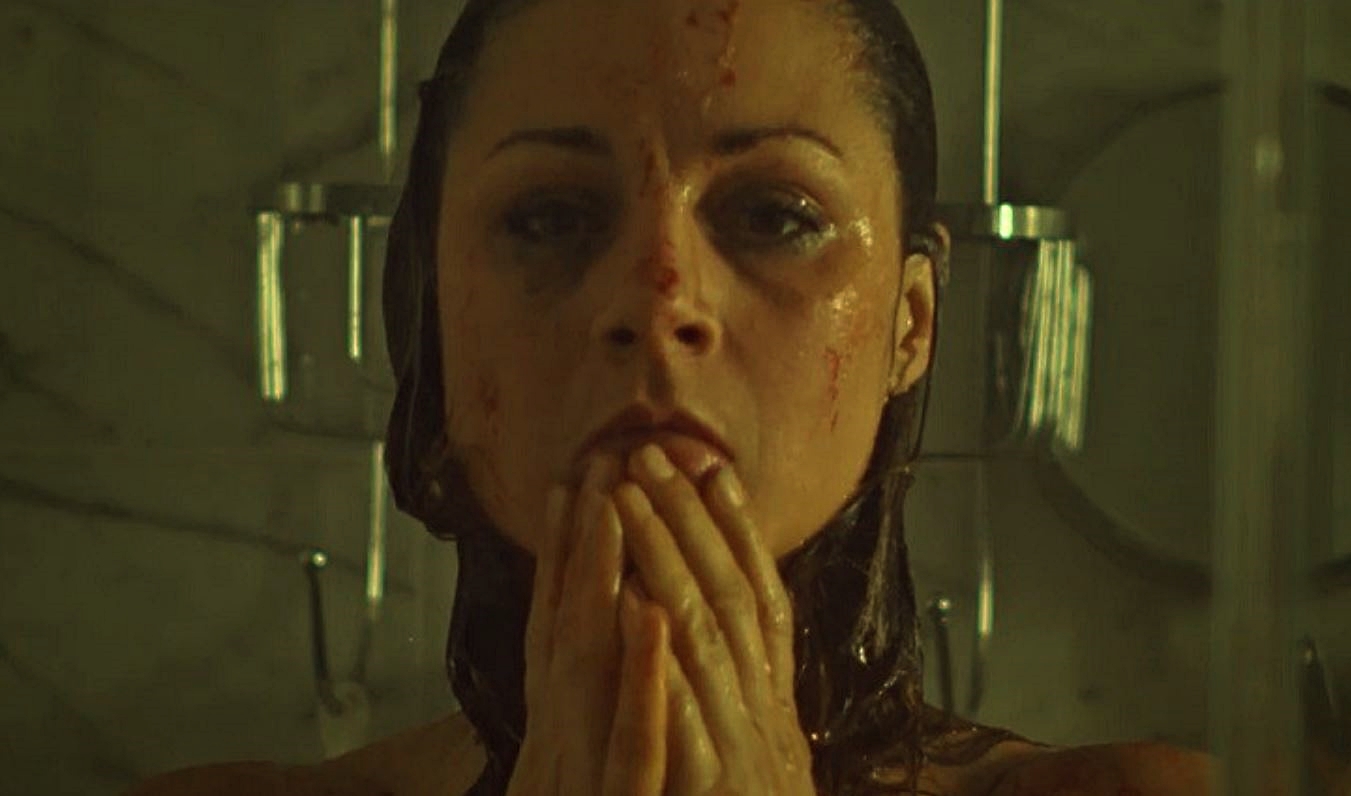
I recently spoke with Justin McConnell, the writer/director behind Lifechanger, a taut, dramatic transformation horror that has been running the 2018 festival circuit. The film follows Drew, a shape-shifting murderer who absorbs the thoughts, memories, and physical image of his victims, allowing him to steal their complete identities.
Lifechanger – as a film – has a lot going on under the skin. It’s a complex study of grief, identity, and morality, blended with a violent metamorphosis. Naturally, I had to ask, where did this concept come from?
“I was on a bus one day and I had this thought – what if I saw myself out in public. Which, of course is Denis Villeneuve’s Enemy,” said McConnell. “At that point though, it kind of just organically grew into the basis of this. But the tone and the meaning behind the film have a lot more to do with where I was mentally at the time.”
McConnell had spent the last few years in mourning after the death of Kevin Hutchinson, his best friend, collaborator, and writing partner.
“I was just thinking on my place in life and where I fit in the world, and all this existential stuff – doing a lot of reading and a lot of self-reflection – and it just kind of built into what the story ended up being,” he said. “The actual concept of what this creature is, that came relatively quickly, but everything else below the surface just came out of the writing process.”
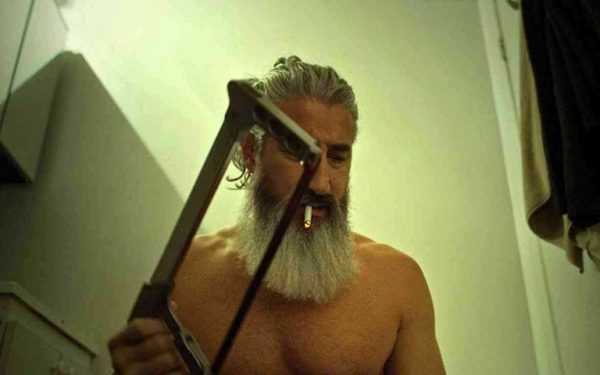
via IMDb
Lifechanger features some graphic practical effects that – combined with the clean, highly focused cinematography – make the film feel very grounded in reality.
As a lifelong horror fan, McConnell had plenty of inspiration. Growing up in the heyday of practical effects horror, he studied genre greats like Rick Baker, Steve Johnson, and Screaming Mad George. His appreciation for practical effects grew with an understanding of how their roles played an important part in the creation of a film.
“The effects in Lifechanger specifically,” explained McConnell, “I wouldn’t say they’re directly influenced by anything, but there’s obviously seeds of all that stuff in there. And the talent of the actual artists themselves. David Scott and his team, Alexandra Anger and Tabitha Burtch, have their own sort of style. Once we discussed the look of the film and the feel of it, they went off to do their thing.”
McConnell knew exactly who he wanted to approach to create the last effect-heavy scene of the film. “That was Chris Nash and Audrey Barrett. Chris is the director of Z is for Zygote – the last story in ABCs of Death 2.” McConnell was won over by Chris’ segment. “Once I saw that, I knew, ok yeah, nobody else can do the effect that I want here as well as Chris.”
If you don’t recall, Z is for Zygote is about a woman who carries a baby within her for 23 years. Now an adult, he takes over her body in a wonderfully gruesome way. It’s… pretty fantastic.
“I knew I needed something that registered that state – like a transformation sequence of some kind, inspired by An American Werewolf in London, with stuff from The Thing, or The Borrower.” McConnell clarifies that – while there were obvious personal influences – they were more of a stylistic reference than direct homage.
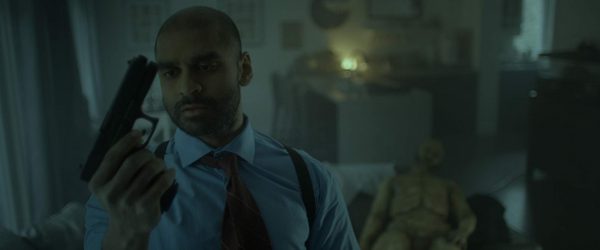
via IMDb
Because Lifechanger follows a shape-shifting serial killer, there are a few different actors that portray Drew. Understandably, the process of casting multiple actors for one unified role was a unique challenge.
When the actors were narrowed down to a few choices for each role, McConnell opted to do a face-to-face meeting with each of them, rather than the typical second reading so he could “Get an idea for who they are as people, and their vibe, and their history, and what they bring to the table as a person and a performer,” he recalled.
Once everyone was cast, McConnell provided each actor who would be playing Drew with a two-page document all about the character with everything they would need to know about his history. This homework assignment gave the cast an opportunity to internalize Drew as a character so they could explore – as a group – what motivates him moving forward.
“We had something I called “Drew Boot Camp”, where we all sat along a big table and had a long conversation about who the character is, and where he’s coming from, and sort of established – as a group – that character,” he continued, “We came up with common ticks and ways of walking, and certain traits, and the marble that he carries around – which is the last thing he got from his mother – all those things sort of came together in that session.”
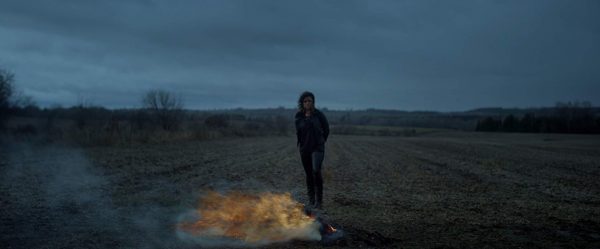
via IMDb
One of the challenges of Drew as a character is those motivations. Through the film, his running narration gives additional information on his history and relationships, and through that, we learn about his obsession with Julia.
There is, of course, horror in the violence and the physical elements surrounding his transformations, but the way that Drew has romanticized his obsessive stalking of Julia is a pretty scary thing all on its own. I asked McConnell how that – very creepy – element was brought in to the film.
“That aspect of the story came around during an introspective time in myself,” he explained. “But also, because as I was writing it between 2014 and 2017, the Me Too movement was becoming incredibly prevalent in the news media.”
McConnell reads everything he possibly can online – partially to be informed, and partially to help self-analyze and grow as a person. While he was reading about the Me Too movement and feminist critique, he was working on re-writes of the script, and that element just fell into place. “I just changed little things, subtle things, and that informed that side of where things would go.”
But even with its skewed angle on relationships, Lifechanger is often referred to as a love story — which feeds nicely into McConnell’s next point.
“A lot of the 80s and 90s romantic comedies – the John Hughes movies and stuff like that – used a trope called Stalking as Love. Where basically, as long as the guy got the girl in the end, it didn’t matter what he did in the film, he’s still the good guy,” he explained. “It always came across to me as a damaging and weird thing to put in someone’s mind from youth.”
For another example, please refer to “Every Breath You Take” by The Police. It’s a soothing, lovely song that is played as a powerful, emotional ballad (often at weddings), but really, those lyrics are sinister.
McConnell continued, “Coming from a small town like I did, you’re not exposed to a lot. It took me a long time to find my footing, basically, and to understand what to do and what not to do.” During this introspective writing period, McConnell looked at himself and his past actions and made Drew’s personality “like a psychotic version of that” he shared. “I did things I wasn’t super proud of in my 20s, but they were all made acceptable within the realm of how we were taught what romance is.”
McConnell acknowledged that this obsessive element is not the full focus of the film, but it’s definitely there. “Some people pick up on it, and some people – on the other side of it – are entirely in Drew’s corner the whole movie. I want the audience to decide for themselves, but it’s not really a love story, it’s an obsession story.”
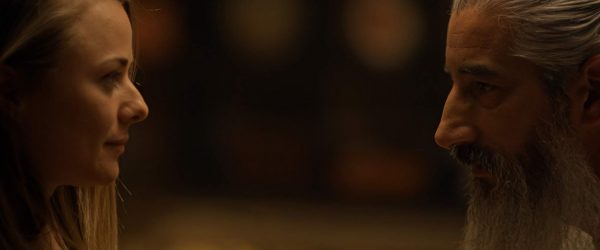
via IMDb
If you’re relatively familiar with Canadian horror, you’ll recognize that themes of assimilation and metamorphosis are pretty common. Ginger Snaps, The Void, Afflicted, American Mary, and the works of David Cronenberg all use body horror to tell a tale of transformation. I asked McConnell – as a fellow Canadian and practical effects enthusiast – why that might be.
“Americans had the lock on all of the truly entertaining cinema when I was growing up, and every once and a while a Canadian film would break through but it wouldn’t feel like a Canadian film,” he offered. “Like the stuff of Cronenberg, that was very much targeting an American audience while still maintaining a Canadian identity for horror.
“I couldn’t tell you why we’re so body horror obsessed up here, but it may be that we’re just wired slightly differently.” He added that – while there are many other subgenres that are made and produced in Canada, “For some reason we’re really known for body horror”.
But because many of the Canadian horror films that broke into the mainstream market were transformation body horrors, as McConnell says, “they influenced the new generation of filmmakers”.
If films like The Void and Lifechanger are the result of that, we certainly can’t complain.
Lifechanger stars Lora Burke, Jack Foley, Elitsa Bako, Rachel VanDuzer, and Steve Kasan.
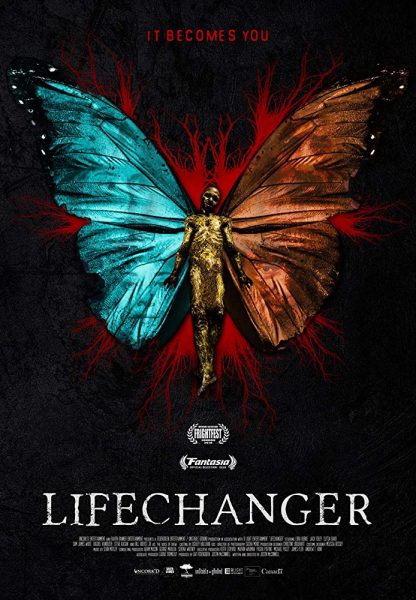
'Civil War' Review: Is It Worth Watching?
Follow our new YouTube channel "Mysteries and Movies" here.

Movies
’28 Years Later’ Trilogy Taking Shape With Serious Star Power
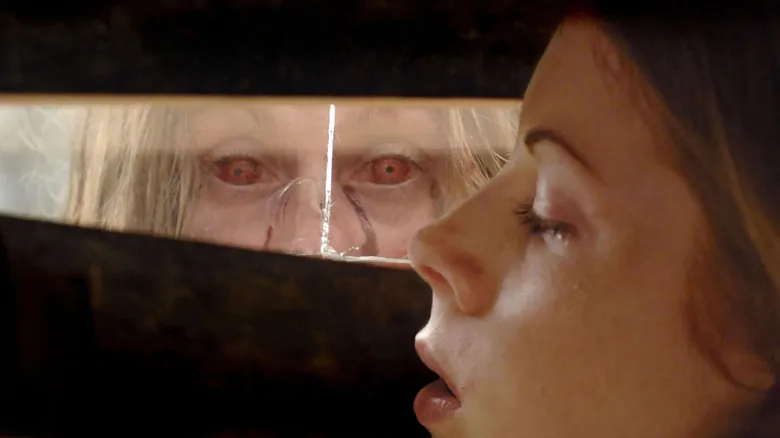
Danny Boyle is revisiting his 28 Days Later universe with three new films. He will direct the first, 28 Years Later, with two more to follow. Deadline is reporting that sources say Jodie Comer, Aaron Taylor-Johnson, and Ralph Fiennes have been cast for the first entry, a sequel to the original. Details are being kept under wraps so we don’t know how or if the first original sequel 28 Weeks Later fits into the project.

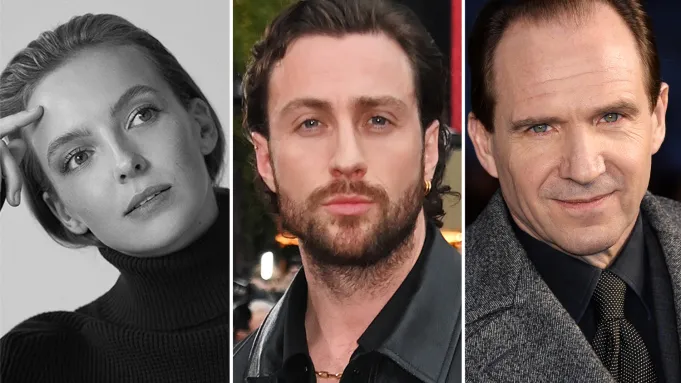
Boyle will direct the first movie but it’s unclear which role he will take on in the subsequent films. What is known is Candyman (2021) director Nia DaCosta is scheduled to direct the second film in this trilogy and that the third will be filmed immediately afterward. Whether DaCosta will direct both is still unclear.
Alex Garland is writing the scripts. Garland is having a successful time at the box office right now. He wrote and directed the current action/thriller Civil War which was just knocked out of the theatrical top spot by Radio Silence’s Abigail.
There is no word yet on when, or where, 28 Years Later will start production.
The original film followed Jim (Cillian Murphy) who wakes from a coma to find that London is currently dealing with a zombie outbreak.
'Civil War' Review: Is It Worth Watching?
Follow our new YouTube channel "Mysteries and Movies" here.
News
Watch ‘The Burning’ At The Location Where It Was Filmed
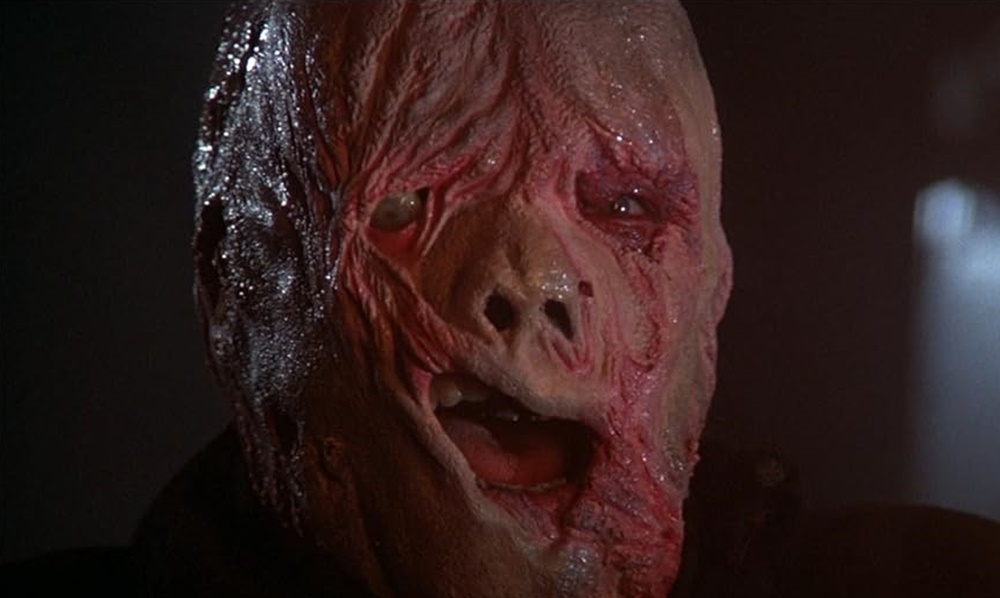
Fangoria is reporting that fans of the 1981 slasher The Burning will be able to have a screening of the film at the location where it was filmed. The movie is set at Camp Blackfoot which is actually the Stonehaven Nature Preserve in Ransomville, New York.
This ticketed event will take place on August 3. Guests will be able to take a tour of the grounds as well as enjoy some campfire snacks along with the screening of The Burning.
The film came out in the early ’80s when teen slashers were being churned out in magnum force. Thanks to Sean S. Cunningham’s Friday the 13th, filmmakers wanted to get in on the low-budget, high-profit movie market and a casket load of these types of films were produced, some better than others.
The Burning is one of the good ones, mostly because of the special effects from Tom Savini who had just come off of his groundbreaking work on Dawn of the Dead and Friday the 13th. He declined to do the sequel because of its illogical premise and instead signed on to do this movie. Also, a young Jason Alexander who would later go on to play George in Seinfeld is a featured player.
Because of its practical gore, The Burning had to be heavily edited before it received an R-rating. The MPAA was under the thumb of protest groups and political bigwigs to censor violent films at the time because slashers were just so graphic and detailed in their gore.
Tickets are $50, and if you want a special t-shirt, that will cost you another $25, You can get all the information by visiting the On Set Cinema webpage.
'Civil War' Review: Is It Worth Watching?
Follow our new YouTube channel "Mysteries and Movies" here.
Movies
‘Longlegs’ Creepy “Part 2” Teaser Appears on Instagram
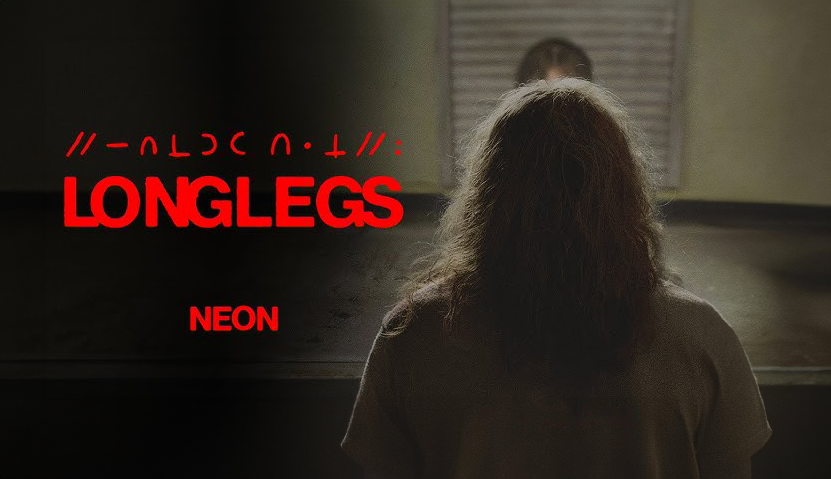
Neon Films released an Insta-teaser for their horror film Longlegs today. Titled Dirty: Part 2, the clip only furthers the mystery of what we are in for when this movie is finally released on July 12.
The official logline is: FBI Agent Lee Harker is assigned to an unsolved serial killer case that takes unexpected turns, revealing evidence of the occult. Harker discovers a personal connection to the killer and must stop him before he strikes again.
Directed by former actor Oz Perkins who also gave us The Blackcoat’s Daughter and Gretel & Hansel, Longlegs is already creating buzz with its moody images and cryptic hints. The film is rated R for bloody violence, and disturbing images.
Longlegs stars Nicolas Cage, Maika Monroe, and Alicia Witt.
'Civil War' Review: Is It Worth Watching?
Follow our new YouTube channel "Mysteries and Movies" here.
-

 News6 days ago
News6 days agoBrad Dourif Says He’s Retiring Except For One Important Role
-

 Strange and Unusual6 days ago
Strange and Unusual6 days agoMan Arrested for Allegedly Taking a Severed Leg From Crash Site And Eating It
-

 Movies7 days ago
Movies7 days agoAnother Creepy Spider Movie Hits Shudder This Month
-

 Editorial6 days ago
Editorial6 days ago7 Great ‘Scream’ Fan Films & Shorts Worth a Watch
-
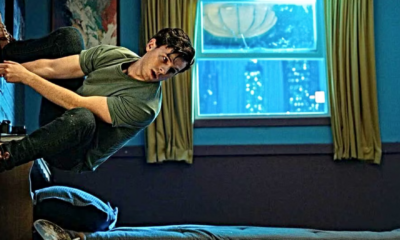
 Movies5 days ago
Movies5 days agoSpider-Man With a Cronenberg Twist in This Fan-Made Short
-

 News4 days ago
News4 days agoOriginal Blair Witch Cast Ask Lionsgate for Retroactive Residuals in Light of New Film
-
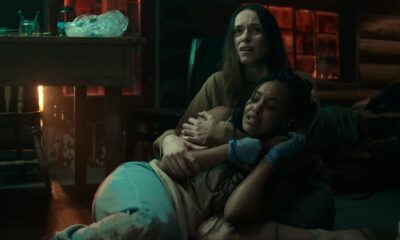
 Movies6 days ago
Movies6 days agoCannabis-Themed Horror Movie ‘Trim Season’ Official Trailer
-

 Movies3 days ago
Movies3 days agoNew F-Bomb Laden ‘Deadpool & Wolverine’ Trailer: Bloody Buddy Movie
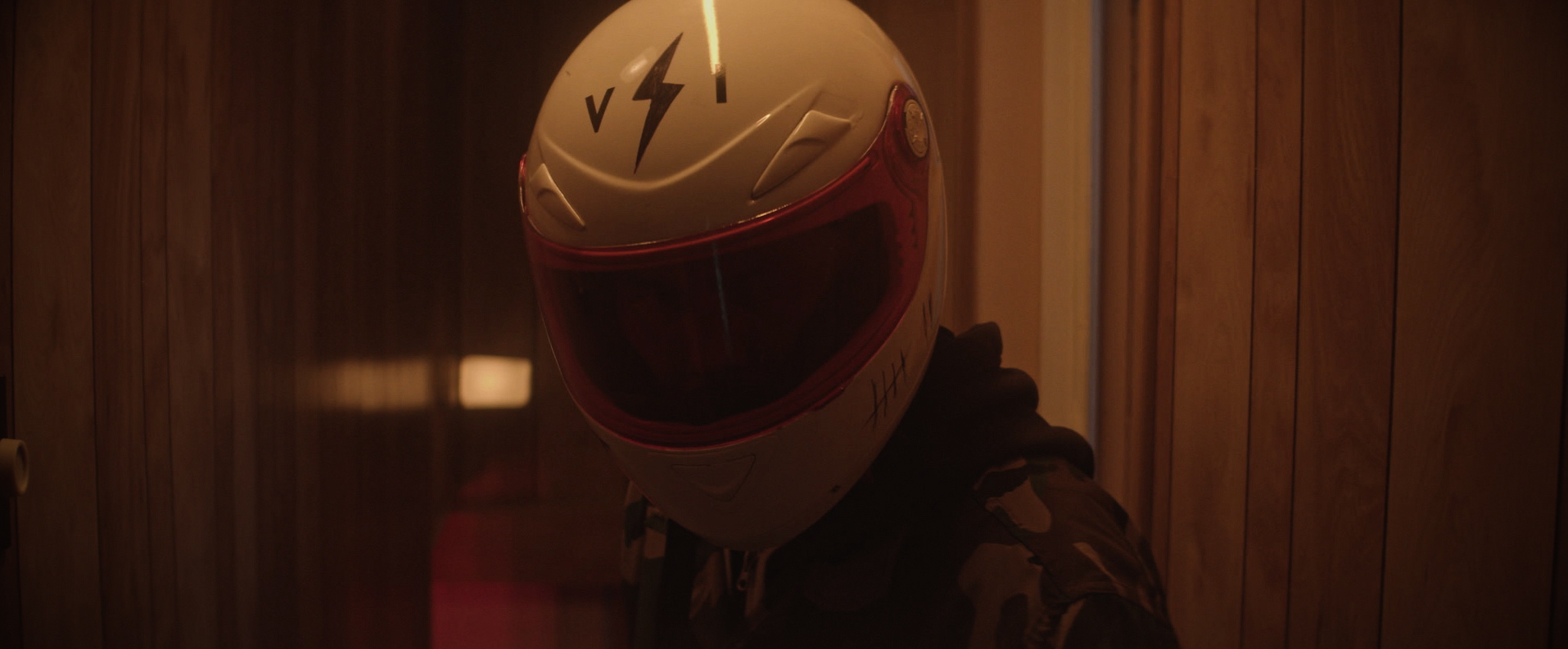
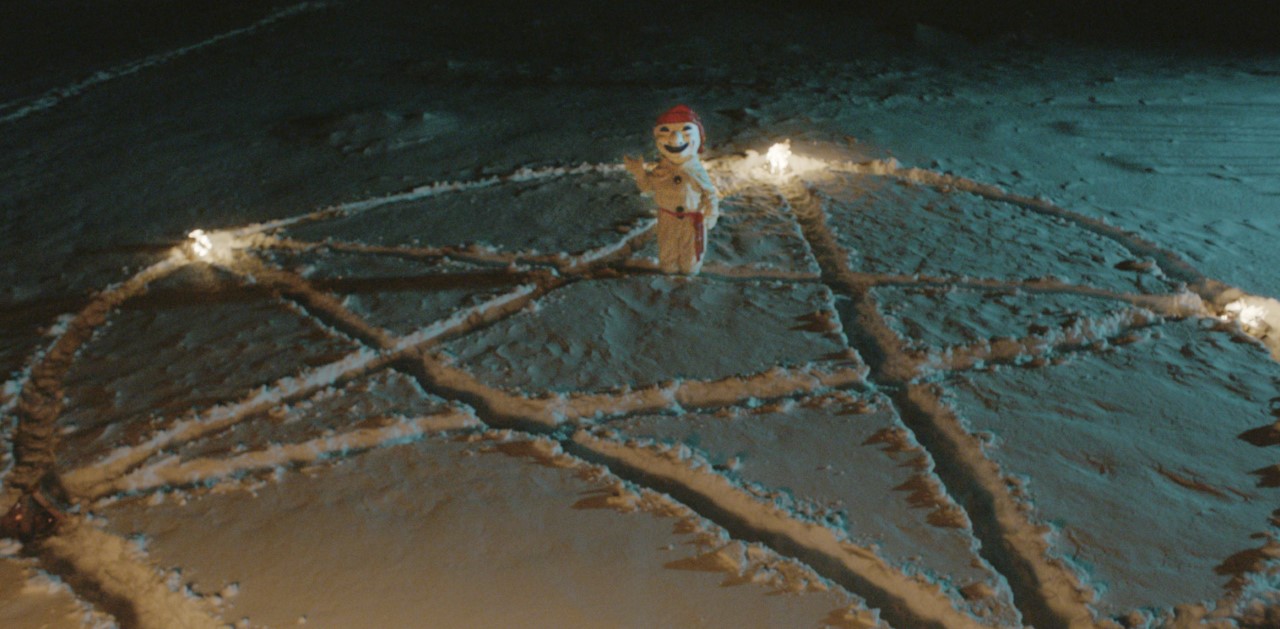























You must be logged in to post a comment Login